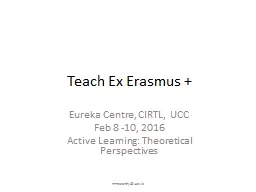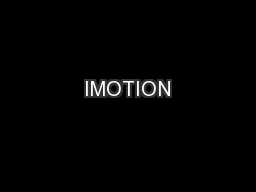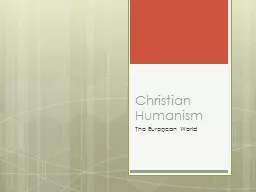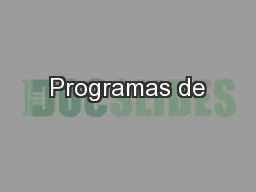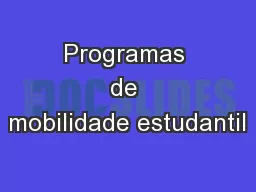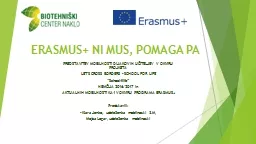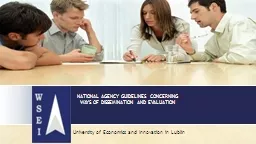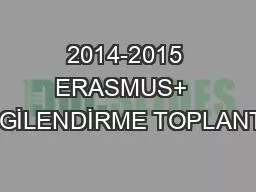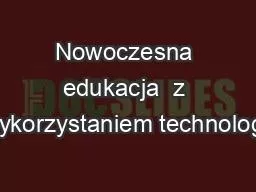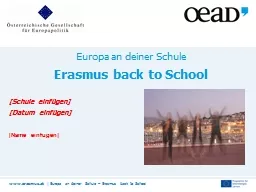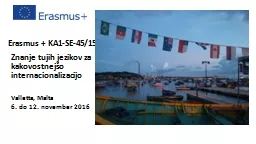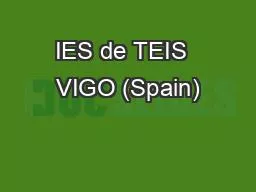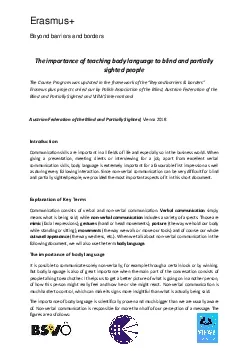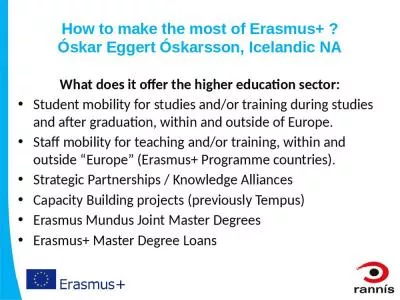PPT-Teach Ex Erasmus +
Author : tatiana-dople | Published Date : 2017-04-21
Eureka Centre CIRTL UCC Feb 8 10 2016 Active Learning Theoretical Perspectives mmccarthyuccie UCC Context The motto of the Centre for the Integration of Research
Presentation Embed Code
Download Presentation
Download Presentation The PPT/PDF document "Teach Ex Erasmus +" is the property of its rightful owner. Permission is granted to download and print the materials on this website for personal, non-commercial use only, and to display it on your personal computer provided you do not modify the materials and that you retain all copyright notices contained in the materials. By downloading content from our website, you accept the terms of this agreement.
Teach Ex Erasmus +: Transcript
Download Rules Of Document
"Teach Ex Erasmus +"The content belongs to its owner. You may download and print it for personal use, without modification, and keep all copyright notices. By downloading, you agree to these terms.
Related Documents

